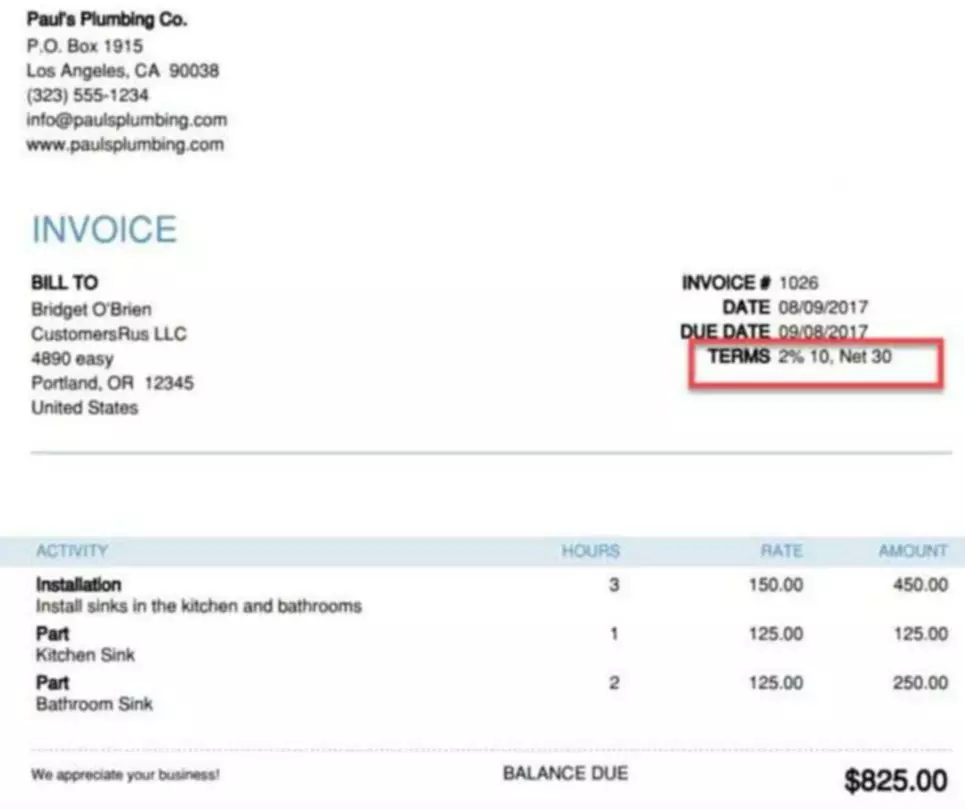Content

Companies have many reasons for producing classified balance sheets. It also facilitates the calculation of important financial ratios like the quick, current, and cash ratios. A classified balance sheet is a financial statement that separates a company’s assets and liabilities into different https://www.bookstime.com/ categories. This allows investors, creditors, and other interested parties to quickly see how much debt the company has its liquidity position and the value of its assets. The most common classifications are current assets, fixed assets, intangible assets, and shareholders’ equity.
- You will learn how to compile and analyze these financial statements from the accounting data you have created.
- Determine the company’s liquidity position by understanding the level of current assets available to meet the current liabilities.
- The financial statement only captures the financial position of a company on a specific day.
- Cash and cash equivalents are the most liquid assets and can include Treasury bills and short-term certificates of deposit, as well as hard currency.
She has taught English and Business English to university students in Mexico, China and Brazil. Master excel formulas, graphs, shortcuts with 3+hrs of Video. Long Term LiabilityLong Term Liabilities, also known as Non-Current Liabilities, refer to a Company’s financial obligations that are due for over a year .
College Budget Template
A classified balance sheet is a financial document that subcategories the assets, liabilities, and shareholder equity and presents meaningful classified balance sheet classification within these broad categories. Simply put, it presents the firm’s financial status to the user in a more readable format.
What is a classified balance sheet?
A classified balance sheet is a financial statement that separates a company’s assets and liabilities into different categories. This allows investors, creditors, and other interested parties to quickly see how much debt the company has its liquidity position and the value of its assets. The most common classifications are current assets, fixed assets, intangible assets, and shareholders’ equity.
The classification process provides additional details about the net worth and liquidity of your business. Your liquidity position is enhanced when the value of assets that are easy to liquidate exceeds the amount of liabilities your business owes. Limited Brands’ current ratio averaged 2.1 for its fiscal years 2006 through 2010. The current ratio for each of these years suggests that the company’s short-term obligations can be covered with its short-term assets. However, if its ratio would approach 1.0, Limited would expect to face challenges in covering liabilities.
How to Use Accounting Equation with Classified Balance Sheets?
The classified balance sheet provides better information on various subcategories while maintaining the essence of the accounting equation. Although the balance sheet is an invaluable piece of information for investors and analysts, there are some drawbacks.
- This means most companies use a one-year period in deciding which assets and liabilities are current.
- The components of assets, liabilities, and equity are broken down into further sub-headings for provided in-depth information to the users.
- The same principle holds for the Liabilities section, where you’ll list all current liabilities, as well as those that are long term, such as mortgages and other loans.
- The broader headings are broken down into simpler, smaller headings for better readability of the annual accounts.
- Cite at least two examples of assets classified as investments on the balance sheet.
This entry was posted on Monday, June 15th, 2020 at 10:36 pm
You can follow any responses to this entry through the RSS 2.0 feed.
Posted in: Bookkeeping
